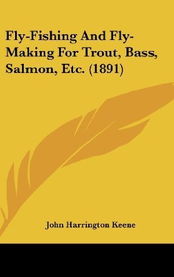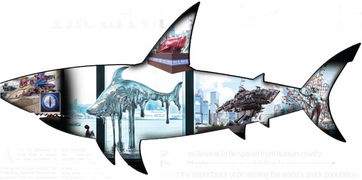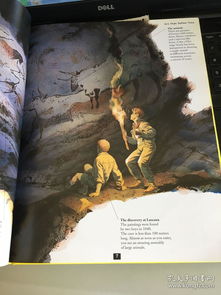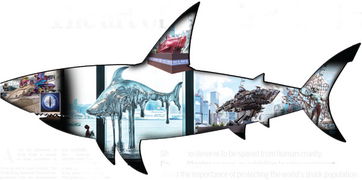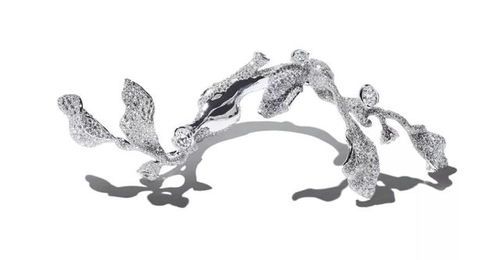Content:
Introduction: Fishing is an ancient pastime that has been enjoyed by countless individuals around the world. Whether you are a seasoned angler or a beginner, mastering the art of fishing requires not only patience but also a good understanding of the basics, such as how to properly hang bait. If you find yourself struggling to hang your bait effectively, this article will provide you with valuable tips and techniques to help you improve your fishing skills.
Understanding the Importance of Proper Baiting: Before diving into the specifics of how to hang bait, it's important to understand why proper baiting is crucial. The way you present your bait can significantly impact the success of your fishing trip. A well-hung bait is more likely to attract fish, as it appears more natural and appealing. On the other hand, a poorly hung bait can lead to missed opportunities and a frustrating experience on the water.
Choosing the Right Bait: The first step in successful baiting is selecting the right type of bait for the fish you are targeting. Different species of fish are attracted to different types of bait. For example, catfish are often lured by live bait such as worms or minnows, while bass may be more interested in artificial lures or specific types of live bait. Research the species you are targeting and choose your bait accordingly.

Cleaning Your Bait: Once you have selected your bait, it's important to clean it properly. This not only ensures that your bait is fresh and appealing to fish but also reduces the risk of infection or disease that could harm you or the fish. Depending on the type of bait, cleaning may involve removing the heads of live bait, removing the innards of dead bait, or simply ensuring that the bait is free of any debris or parasites.
Using the Right Gear: To hang your bait effectively, you'll need the right fishing gear. This includes a quality fishing rod, reel, line, and hook. The size and type of hook you use will depend on the bait and the fish you are targeting. Larger fish may require heavier hooks, while smaller fish may be more easily caught on lighter, finer hooks. Make sure your gear is in good condition and suitable for the task at hand.
The Art of Hooking the Bait: Now that you have your bait and gear ready, it's time to learn how to hook it effectively. Here are some tips to help you hang your bait properly:
a. Start by threading the bait onto the hook. For live bait, this may involve threading the hook through the mouth, gills, or other natural openings. For artificial bait, follow the manufacturer's instructions for proper attachment.
b. Ensure that the bait is securely attached to the hook. If the bait is loose, it may fall off or become dislodged while fishing, leading to missed opportunities.
c. Consider the size of the bait in relation to the hook. If the bait is too large for the hook, it may not be presented properly to the fish. Conversely, if the bait is too small, it may not be as appealing or may come off the hook easily.
d. Pay attention to the direction in which you hook the bait. For live bait, it's often best to hook it through the mouth or gills to prevent it from falling off. For artificial bait, position it so that it mimics the natural movement of the fish you are targeting.
Experimenting with Different Techniques: Once you have a basic understanding of how to hang your bait, it's important to experiment with different techniques. Fish may respond differently to various presentations, so don't be afraid to try different methods. This could include varying the depth at which you fish, changing the speed of your retrieve, or experimenting with different types of lures or baits.
Conclusion: Hanging bait effectively is a skill that takes practice and patience to master. By understanding the importance of proper baiting, choosing the right gear, and experimenting with different techniques, you can improve your chances of success on the water. Remember that fishing is a learning experience, and each trip can provide valuable insights into how to become a better angler. With these tips and techniques, you'll be well on your way to becoming a fishing pro. Happy fishing!
